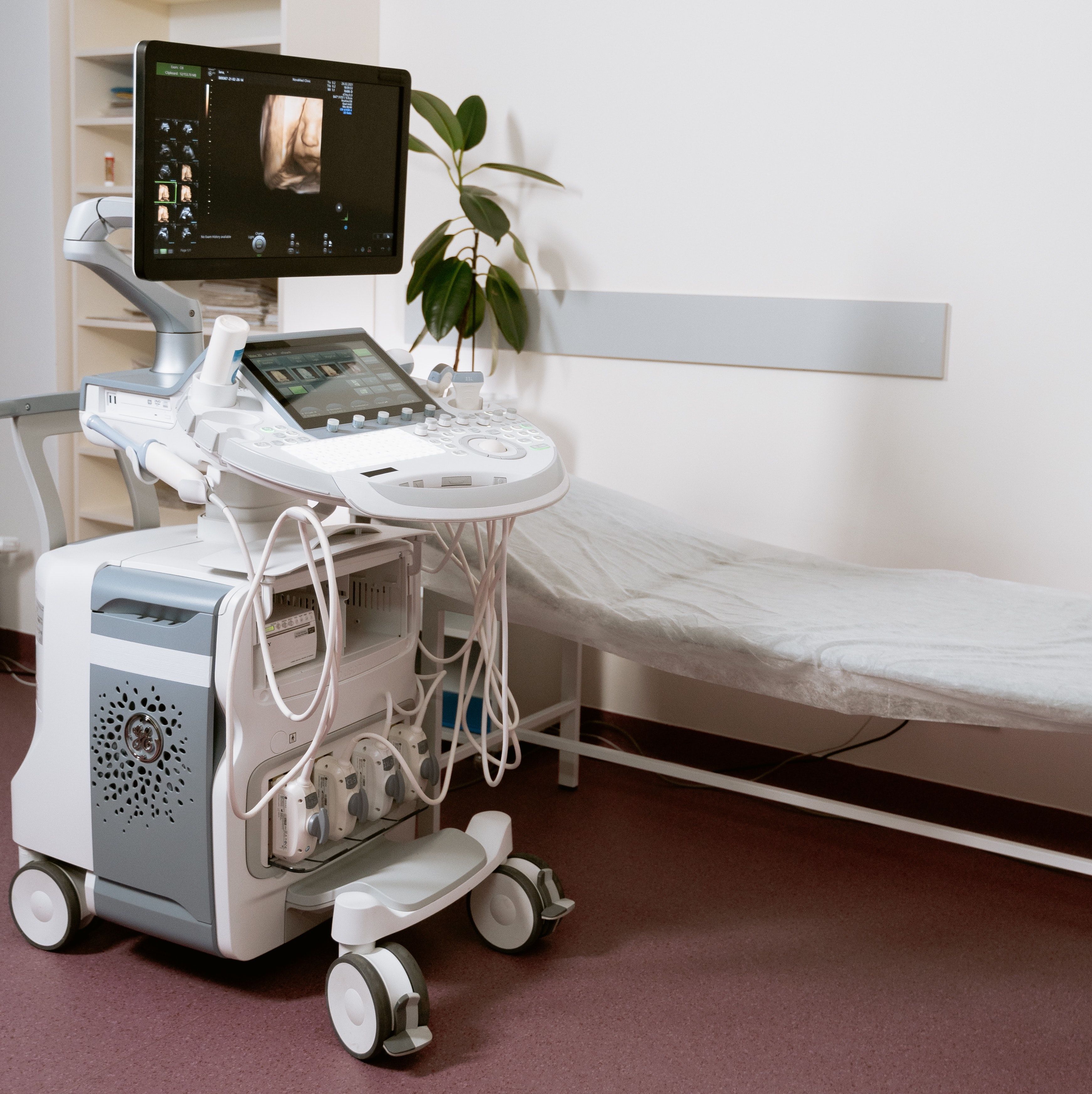Article
PAPP-A and the Presence of Uterine Fibroids During First Trimester in Pregnant Women
Author(s):
Investigators assess the connection between PAPP-A MoM and fibroid size in pregnant women.

A new study found that low first trimester pregnancy associated plasma protein-A (PAPP-A) multiples of the median (MoMs) (<0.5) is associated with noncavity disorting intramural uterine leiomyomas, also known as fibroids, that are >5.5 cm. Accurate assessment of maternal serum biomarkers is dependent on reliable aneuploidy risk estimation in the first trimester, according to investigators.
While certain maternal factors are known to influence levels of biomarkers like insulin-dependent diabetes, weight, and rhesus status, it's imperative to adjust biomarker values for each factor. Adjustmemts can help avoid excessive invasive procedures or undetected diagnoses.
Reviewing PAPP-A Levels
Alper Kahraman, and Firat Tulek, Department of Obstetrics and Gynecology, Haseki Training and Research Hospital, investigated the effects of noncavity distorting intramural uterine finroids on first trimester aneuploidy screening test maternal serum biomarkers.
The study retrospectively reviewed hospital records of pregnant women who underwent the screening test during their first trimester beween 2011-2020 in a single tertiary center. There were 198 women who had one or more noncavity distorting fibroids with a diameter of at least 2 cm.
Later, the study group was divided into 2 subgroups based on findings of receiver operating characteristic (ROC) curve analysis in accordance to fibroid size. The reamining 4536 women who didn't fit that criteria served as the control group.
The Correlations of Fibroid Size
Investigators found that PAPP-A MoMs were significantly lower when compared with the control group and women with ≤5.5 cm fibroids (0.82 ± 0.376 vs. 1.40 ± 0.73, p < 0.001; 0.82 ± 0.376 vs. 1.33 ± 0.61 p < 0.001, respectively).
The results also indicated an inverse correlation between PAPP-A MoM and fibroid size when it exceeded 5.5 cm (r = −0.467, p < 0.001). Additionally, it was noted that the mean age of the control group was significantly lower compared to both fibroid groups (31.78 ± 3.40 vs. 32.53 ± 3.63, p = 0.024 and 31.78 ± 3.40 vs. 32.83 ± 3.99, p = 0.012).
"Defective placentation as a consequence of implantation in a leukemia inhibitory factor (LIF) deficient endometrial environment, reduced amount of mature syncytiotrophoblasts, and sequestration of PAPP-A into the bulk of fibroid might cause decreased first trimester PAPP-A concentrations in women with large intramural fibroids," investigators wrote. "However, mechanisms underlying this alteration of PAPP-A concentrations need to be clarified by histopathological studies."
The study "Low first trimester maternal serum PAPP-A concentrations in women with non-cavity-distorting intramural uterine fibroids" was published in The Journal of Obstetrics and Gynaecology Research.





